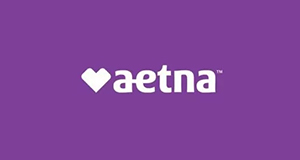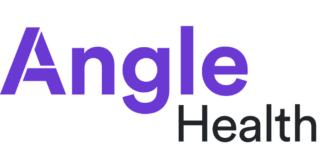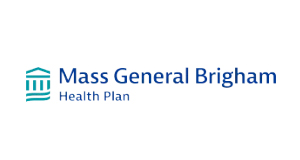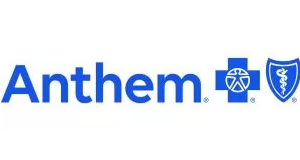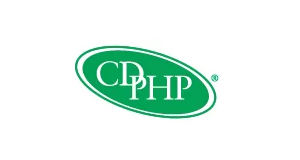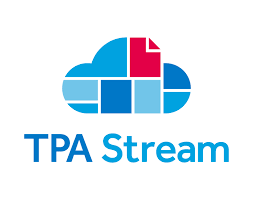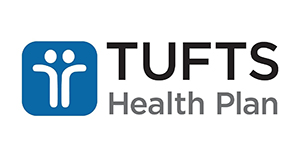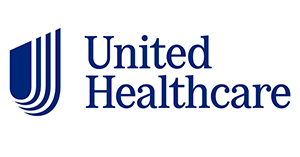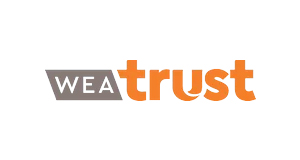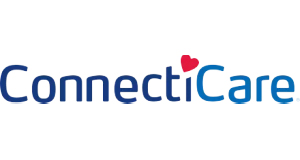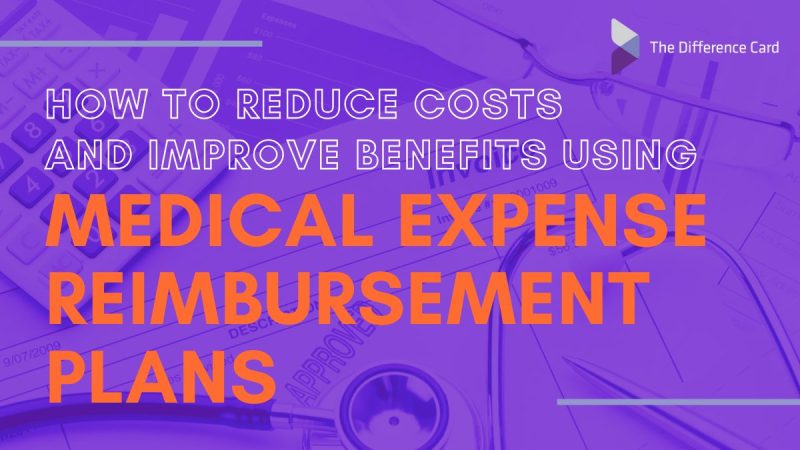
How to Reduce Costs and Improve Benefits using Medical Expense Reimbursement Plans
Table of Contents
- What you need to know about using a MERP strategy
- Looking for a robust tool for employers seeking to manage healthcare costs effectively?
- What Is a Medical Expense Reimbursement Plan?
- How MERPs Operate within Group Health Insurance
- Facilitating Coverage of Healthcare Expenses
- Overseeing MERP using a TPA
- Utilizing the MERP Card and Substantiating Larger Claims
- Direct Expense Payment and MERP Management
- The Convenience of Medical Expense Reimbursement Plans
- Harnessing MERPs for Cost-Efficient, High-Quality Employee Healthcare Coverage
- Guiding Employees in the Usage of MERPs
- Case Study: Huge Savings with a MERP Strategy
What you need to know about using a MERP strategy
WRITTEN BY ERIC CALCIANO, Managing Partner at New City Insurance
Originally appeared on Issuu.com and featured in California Broker Magazine
Looking for a robust tool for employers seeking to manage healthcare costs effectively?
Take a look at Medical Expense Reimbursement Plans (MERPs). Not just a funny word, MERPs are recognized under Section 105 of the Internal Revenue Code (IRC). These plans allow employers to contribute towards employees’ health plan deductibles, coinsurance, copayments and other qualified medical expenses tax-free. Unlike Health Reimbursement Arrangements (HRAs), MERPs are not associated with a physical account. Instead, employers reimburse incurred expenses, crafting an adaptable and responsive process for each employee’s healthcare needs.
Adopting a MERP is a strategic step towards taking consistent control over healthcare costs. Employers typically see considerable savings in the first year of implementing a MERP, with a longer-term goal of stabilizing these costs over time.
What Is a Medical Expense Reimbursement Plan?
A MERP is a health benefits plan sanctioned by the IRS, enabling organizations to reimburse employees for out-of-pocket medical expenses. These expenses can either be incurred by the employees themselves or their dependents. Properly administered, all employee reimbursements are entirely tax-free.
Working synergistically with a group health insurance plan, a MERP provides an extra layer of financial security for employees’ healthcare costs. Unlike section 125 plans, cafeteria plans, or flexible spending accounts, a MERP falls under the section 105 plan category, aligning it closely with a Health Reimbursement Arrangement (HRA). Its innovative approach to managing healthcare costs ensures employees can access required healthcare without incurring significant financial stress.
How MERPs Operate within Group Health Insurance
A MERP allows employers to offer tax-free financial assistance to employees, specifically covering approved medical expenses under the group health insurance plan. In this context, employers set an annual reimbursement limit for each employee. This limit represents the highest amount that an employer will reimburse employees for their qualified healthcare expenses in a given year. The expenses must be approved by the group health plan to be eligible for reimbursement. The details of this annual limit are dictated by the specifics of the individual plan design and the employer ’s policies.
A key function of a MERP within a group health insurance context is to provide coverage for approved out-of-pocket healthcare expenses.
Facilitating Coverage of Healthcare Expenses
A key function of a MERP within a group health insurance context is to provide coverage for approved out-of-pocket healthcare expenses. It isn’t a discretionary fund for employees to use at will, but it operates within the parameters set by the associated group health insurance plan. The expenses that can be covered include, but aren’t limited to: coinsurance, copayments, deductibles and specific medical services or products. These services and products must be considered eligible and approved by the group health insurance plan. The MERP thus acts as a supplemental mechanism, bridging any financial gaps in coverage and helping to alleviate the healthcare cost burden on employees.
Overseeing MERP using a TPA
It’s a good idea to engage a dedicated MERP Third Party Administrator (TPA) to ensure efficiency and maintain a clear boundary between employer responsibilities and plan administration. This entity is responsible for overseeing the day-to-day operations of the MERP, including the verification of charges for eligibility under the group health insurance plan.
The administrator ensures that only qualified expenses are approved for reimbursement. This includes cross-checking submitted expenses against the plan’s guidelines, and if discrepancies or missing information are identified, it’s the administrator’s role to liaise with the employee to rectify the situation. The utilization of a dedicated TPA serves to alleviate the administrative burden from the employer, allowing them to focus on core business activities while still offering a valuable health benefit to employees.
Utilizing the MERP Card and Substantiating Larger Claims
In the case of most healthcare services and purchases, employees don’t need to submit any proof or documentation. They simply use the credit card provided by the MERP, which is pre-loaded with their designated funds. This simplifies the process and avoids the need for collecting and submitting receipts or explanations of benefits for every transaction. However, for larger claims, the MERP may require additional substantiation. In such cases, employees are expected to provide an Explanation of Benefits (EOB) from the insurance carrier of the group health plan. This substantiates that the expense was approved by the insurance carrier, thus allowing the MERP to cover its share of the out-of-pocket costs.
Direct Expense Payment and MERP Management
One of the benefits of a MERP is its ability to simplify the payment process for eligible healthcare services. Employees are provided with a dedicated MERP card, which is pre-loaded with their allocated funds. This card can be used to directly pay for healthcare services at the point of use, avoiding the necessity for the employee to make out-of-pocket payments and then wait for reimbursement.
The MERP administrator manages the operational aspects of the MERP, including activities such as loading funds onto the MERP cards, coordinating transactions, and ensuring compliance with necessary federal regulations. This level of oversight ensures that the MERP operates smoothly, provides employees with a user-friendly experience, and promotes the effective use of healthcare resources.
The Convenience of Medical Expense Reimbursement Plans
Integrating a MERP into a group health insurance plan offers several benefits:
- Financial Relief for Employees: A MERP provides an additional layer of financial protection, helping to offset high deductibles and other out-of-pocket costs. This allows employees to seek the medical care they need without undue financial stress.
- Cost Control for Employers: By setting annual limits on reimbursements, employers can predict and control their healthcare costs more effectively. Plus, MERP contributions are tax-free, which can result in significant savings.
- Reduced Administrative Burdens: Since the MERP administrator handles the verification and approval of expenses, employers can focus on their core business operations.
Harnessing MERPs for Cost-Efficient, High-Quality Employee Healthcare Coverage
MERPs are an exceptional choice for companies aiming to balance cost-effective healthcare management with high-quality employee benefits. Their greatest impact is felt by businesses that already prioritize offering superior benefits. By integrating a MERP, these companies can adopt a less expensive plan with a higher deductible as the base health insurance, and utilize the MERP to bridge the coverage gap. This results in substantial cost savings while preserving exceptional coverage for employees.
The unique strength of MERPs lies in their flexibility — they can be tailored to meet specific coverage needs, regardless of the company size or structure. By defining eligible expenses in line with the group health insurance plan, the administrative process is streamlined. Employers also have the capacity to cap contributions to the MERP, ensuring controlled healthcare spending.
However, for companies with already high deductibles, a transition to a cheaper plan supplemented by a MERP may not be feasible since there may not be a lower cost underlying plan available. Notably, the financial efficiency of a MERP depends largely on the quality of the existing health plan. Businesses offering comprehensive benefits, such as lower deductibles and copays, can realize significant savings by transitioning to a more affordable plan and using a MERP to cover any coverage shortfalls. In these cases, the value of a MERP is realized through its ability to cover nearly all out-of-pocket costs for employees, facilitated by the cost savings from the underlying health plan.
Alongside the benefits of fiscal control and customization, MERPs offer attractive tax advantages, further boosting their appeal. Thus, a well-implemented MERP can lead to substantial financial savings, simultaneously ensuring employees continue to enjoy quality healthcare coverage — a win-win situation for all involved.
Guiding Employees in the Usage of MERPs
When introducing a MERP, it’s vital to ensure employees understand its use and benefits.
Here are key areas for focus:
- Clear Communication: Explain the concept, benefits, and the difference between MERP-covered and insurer-covered expenses.
- Using MERP Cards: Teach employees how to use their MERP cards for medical services, emphasizing it is a straightforward payment method for eligible expenses.
- Reimbursement Guidance: If employees pay upfront for services, walk them through the reimbursement process, including submission procedures and timelines.
- Substantiating Large Claims: For significant medical costs, employees may need to provide Evidence of Insurability to validate the expense. This ensures transparency in the reimbursement process.
- Interactive Sessions: Organize sessions where employees can ask questions and discuss concerns, promoting better understanding and efficient use of the MERP.
A smooth transition to MERPs will empower employees to leverage these benefits fully, resulting in cost savings and improved satisfaction.
Case Study: Huge Savings with a MERP Strategy
As discussed earlier in this article, MERPs are going to be a better fit for companies that already offer strong benefits to their employees. This allows the company to move employees to a lower cost underlying plan with higher deductibles and out-of-pocket maximums and then fill in the gap in coverage with the MERP.
My company, New City, was approached by a 250 employee company that had recently received an outlier renewal increase of 50% from their insurance carrier. They offered $0 deductible plans with low out-of-pocket maximums, so they were a great candidate for a MERP strategy. By moving all of the employees to a high deductible health plan with their same carrier and then providing a MERP to cover the costs of deductibles and other expenses, the overall increase went from 50% down to zero percent while providing better coverage for the employees.
So rather than the business having to absorb a very large increase, they were able to keep their rates flat at renewal while allowing employees to keep the exact physician networks with the same carrier to avoid any disruption and simultaneously reduce out-of-pocket costs for employees.
Most businesses don’t receive outlier increases at renewal, and in those scenarios, these companies can see significant cost decreases compared to current rates while improving employee coverage. That’s the beauty of MERPs.

